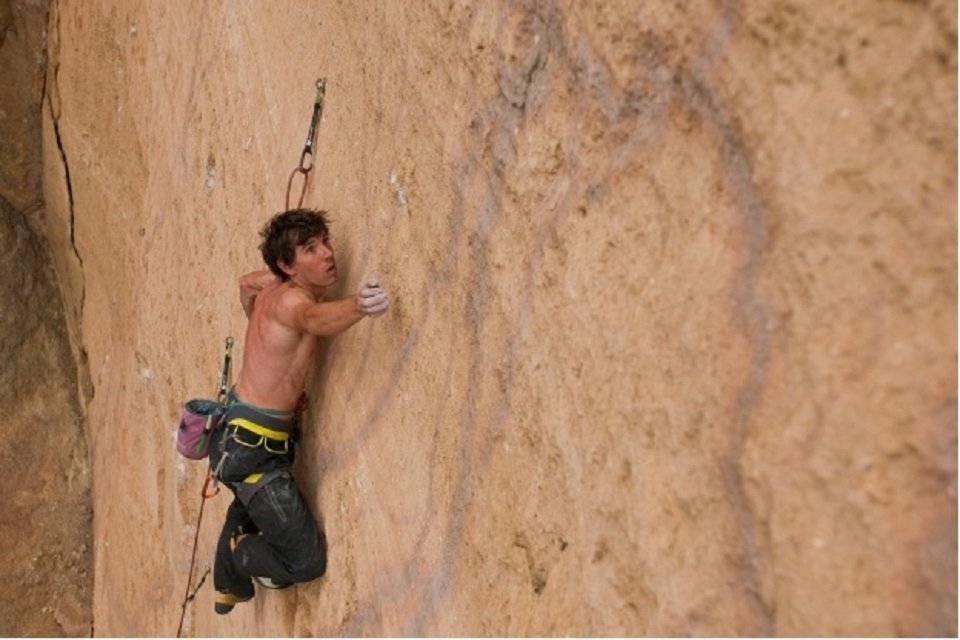


Honnold, 31, has become famous for eye-popping ascents that rely on his unique blend of athleticism and mental focus, ascending Yosemite's Half Dome and Zion National Park's Moonlight Buttress. "Obviously, that's like, the thing to do," Honnold said when discussing El Capitan with Pullan in 2016, adding, "it's always seemed really scary." He first wrote about the potential record-setting climb in his journal in 2009 - but he repeatedly found reasons to set it aside, as he said last year on the Basecamp podcast with Gripped editor Brandon Pullan. "I woke up one guy and he sort of said, 'Oh, hey.' Then when I went by, I think he discreetly woke up his buddies because when I looked down they were all three standing there like 'What the f***?' "īy conquering El Capitan, Honnold fulfilled a goal he had worked toward for years. "Because you look up and go, 'that's a f****** big wall,' " he said. Life goal realized."Īfter his climb, Honnold told National Geographic that the first challenge was simply to walk up to the California monolith, sit next to the base and put his climbing shoes on. "This man," Honnold's friend and fellow climbing star Conrad Anker wrote on Facebook.
#HONNOLD FREE#
Honnold raced up the wall in 3 hours and 56 minutes, prompting Alpinist magazine to say, "This is indisputably the greatest free solo of all time. "Speechless," wrote the American Alpine Journal in its response to the news that Honnold had tackled the imposing 3,000-foot granite wall in a "free-solo," ascent, climbing alone and without safety gear. He shared a photo of himself on the Yosemite National Park landmark taken by Jimmy Chin of National Geographic, which is basing a new documentary on Saturday's climb. "So stoked to realize a life dream today," Honnold wrote on Facebook on Saturday. A post shared by National Geographic on at 12:18pm PDTĪlex Honnold has shocked the sport of climbing by reaching the peak of El Capitan without using ropes, climbing one of the world's largest monoliths in less than four hours with little gear other than a bag of chalk.


 0 kommentar(er)
0 kommentar(er)
